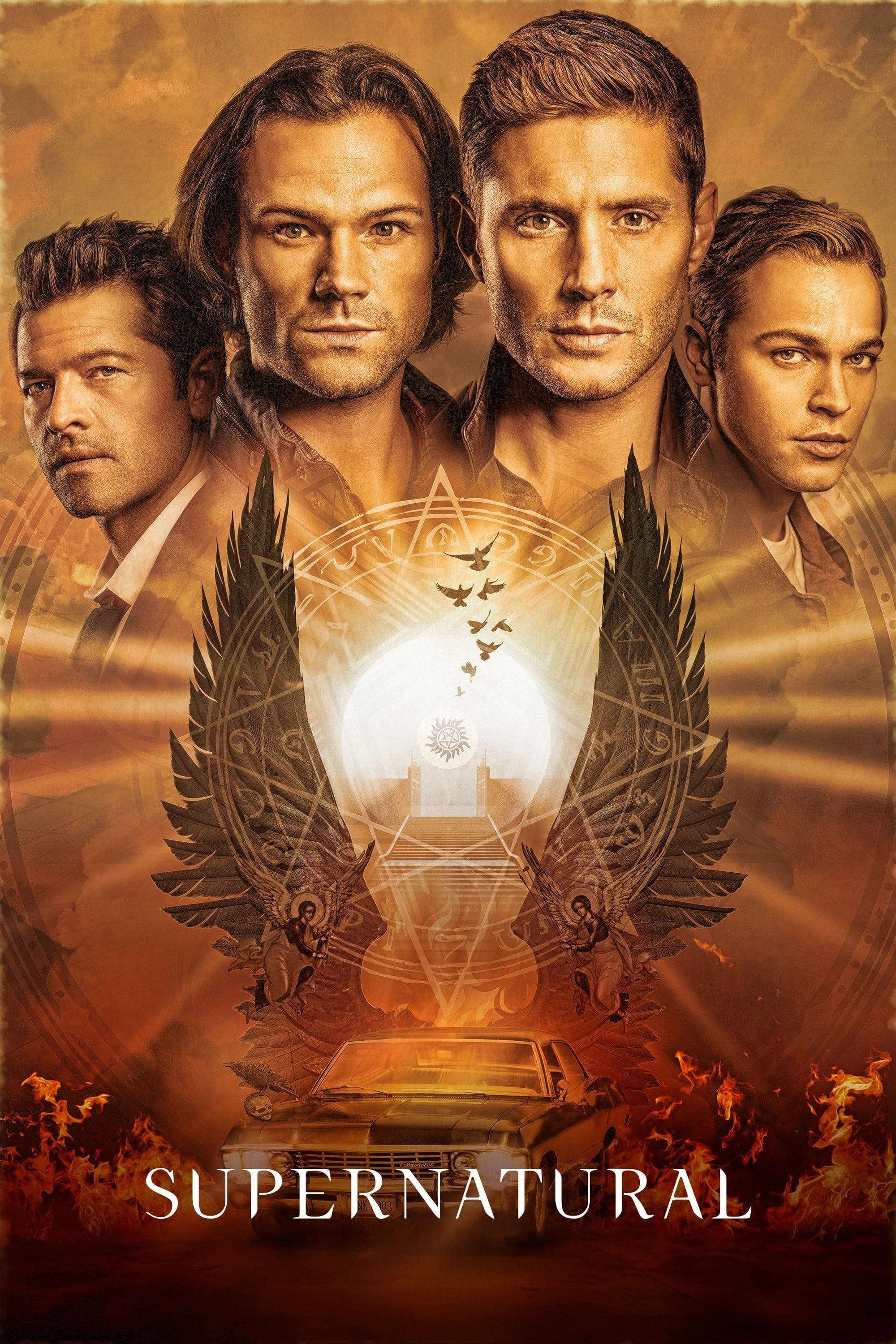
Cyrille Guion – Wyscnhegradsky, Bancquart, Moëne: Pianos quart de ton (2018)
FLAC (tracks) 24 bit/88,2 kHz | Time – 01:15:47 minutes | 1,10 GB | Genre: Classical
Studio Masters, Official Digital Download | Front Cover | © Shiiin
Quarter-tonal music – in which every semi-tone is cut again in two, so that, for example, between C and C flat there is a C semi-flat, and so on, in a range that has 24 notes instead of the usual 12 – has existed, in western cultures at least, from the start of the 20th Century. Charles Ives, the great forerunner, would use it in 1924, Wyschnegradsky in 1920, both of them followed by dozens of other composers running up to the present day. But even so, its use remains rather marginal. Yes, we find quarter-tones used in many pieces by Bartók or Enescu or Szymanowski as they try to capture rural accents; and of course the traditional music of all the rest of the world has used them for centuries. The difficulty for standard western instruments is that they aren’t necessarily technically equipped to play quarter tones: and piano pieces have to be played on two pianos, each tuned a quarter tone off the other – which creates many logistical difficulties. String instruments, of course, can do what they like (as one can see on the album’s closing piece, Meditation on two themes from La Journée de l’Existence for cello and piano, where the cello speaks in quarter-tones and the piano sticks wisely with semi-tones), and wind instruments can too, up to a point; but that requires very specific training for the musicians, which doesn’t necessarily pay off, as the repertoire that the training opens up is very limited. And that long-winded explanation should give the reader an idea of what to expect with this album of works, all written to make use of quarter-tones, by Alain Bancquart, Ivan Wyschnegradsky and Alain Moene. The main work here is surely, Thus Spake Zarathustra by Wyschnegradsky, an ample fresco written between 1930 and 1936. It’s written in the language of its times, for sure, but with these unsettling, ghostly quarter-tones that make the work fascinating: it’s absolutely one to discover post haste!
Tracklist:
1-01. Martine Joste, Dominique Ciot – De l’Ange pour 2 pianos (2015) (14:11)
1-02. Martine Joste, Dominique Ciot, Matthieu Acar, Jean-François Ballèvre, Léo Margue – Racines pour 4 pianos (2014) (11:48)
1-03. Hiroko Arimoto, Yoko Yamada, Léo Margue, Cécile Lartigau, Manon Lonchamp, Emiri Wada – 4e fragment symphonique pour ondes Martenot et 4 pianos, Op. 38c (1956) (15:57)
1-04. Martine Joste, Léo Margue, Cyrille Guion, Li Xie, Guanlan Xu – Ainsi parlait Zarathoustra pour 4 pianos, Op. 17 (1930_1936) _ I. Tempo giusto (07:42)
1-05. Martine Joste, Léo Margue, Cyrille Guion, Li Xie, Guanlan Xu – Ainsi parlait Zarathoustra pour 4 pianos, Op. 17 (1930_1936) _ II. Scherzando (05:20)
1-06. Martine Joste, Léo Margue, Cyrille Guion, Li Xie, Guanlan Xu – Ainsi parlait Zarathoustra pour 4 pianos, Op. 17 (1930_1936) _ III. Lento (06:20)
1-07. Martine Joste, Léo Margue, Cyrille Guion, Li Xie, Guanlan Xu – Ainsi parlait Zarathoustra pour 4 pianos, Op. 17 (1930_1936) _ IV. Allegro con fuoco (06:50)
1-08. Martine Joste, Noé Natorp – Meditation sur deux themes de La Journee de l’Existence pour violoncelle et piano demi-ton, Op. 7 (1918_1976) (07:35)
Download:
https://hexload.com/ng3nd8mzumu3/CyrilleGui0nWyscnhegradskyBancquartM0nePian0squartdet0n20182488.2.part1.rar
https://hexload.com/frfmeg7ftcvo/CyrilleGui0nWyscnhegradskyBancquartM0nePian0squartdet0n20182488.2.part2.rar
https://xubster.com/2ykahi4zyami/CyrilleGui0nWyscnhegradskyBancquartM0nePian0squartdet0n20182488.2.part1.rar.html
https://xubster.com/ib6d7lql7qaw/CyrilleGui0nWyscnhegradskyBancquartM0nePian0squartdet0n20182488.2.part2.rar.html























